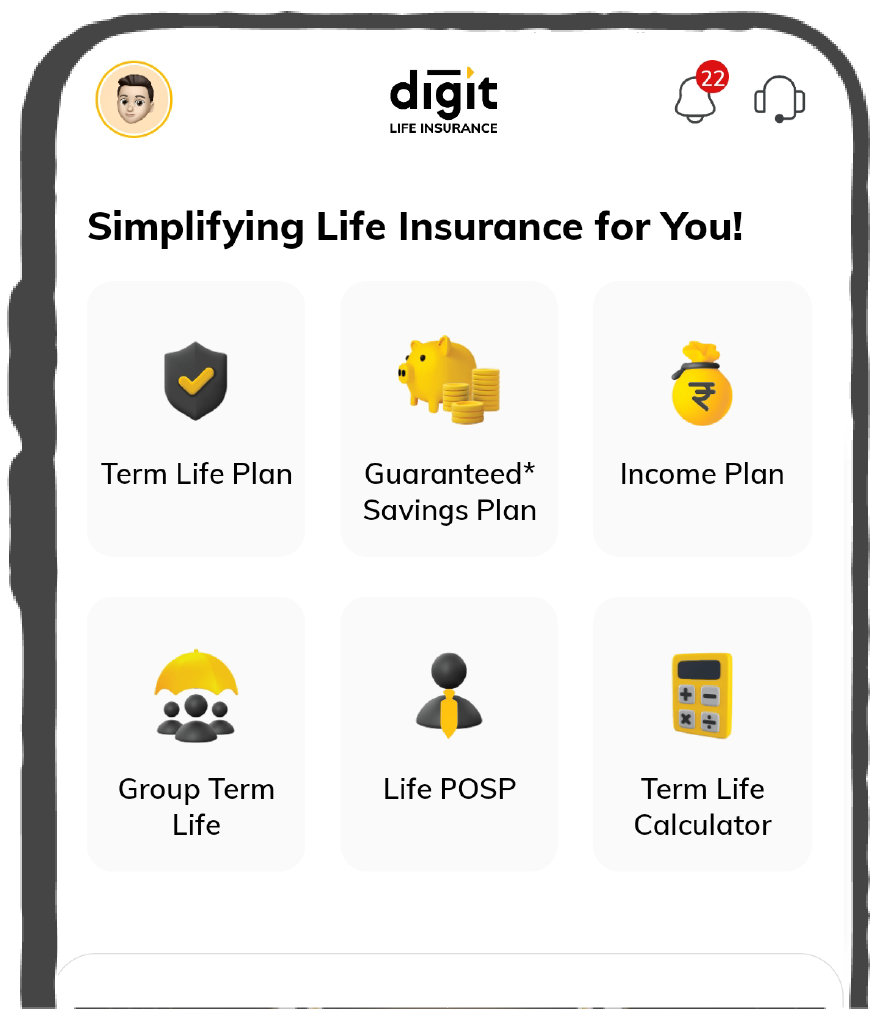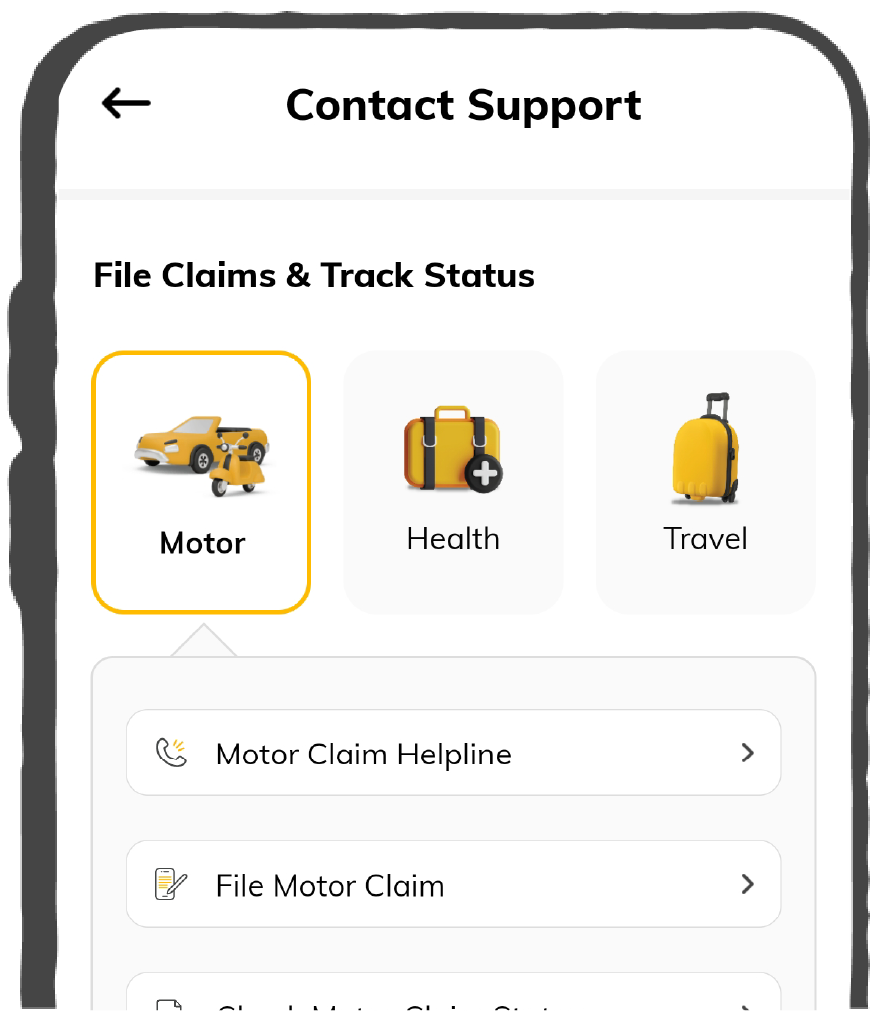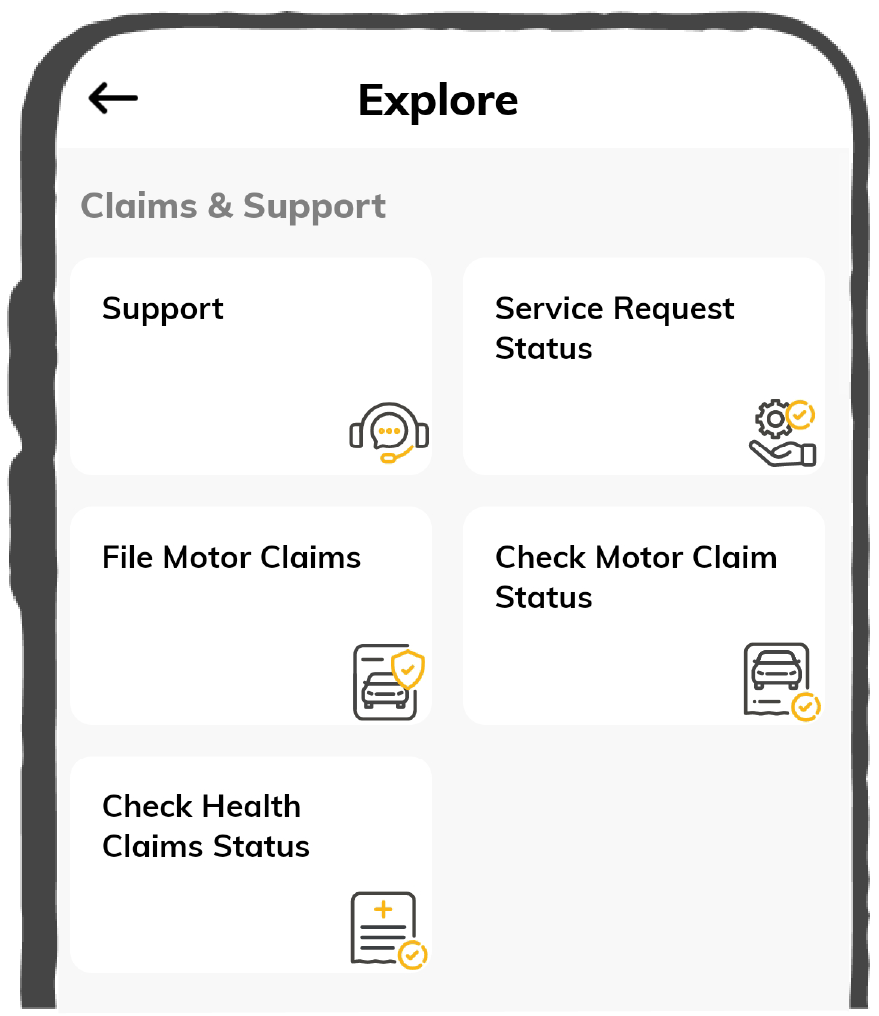
Premium starting ₹150
Quick Claim Process

Accessibility Options

General

General Products
Simple & Transparent! Policies that match all your insurance needs.


37K+ Reviews
7K+ Reviews
Scan to download

Life

Life Products
Digit Life is here! To help you save & secure your loved ones' future in the most simplified way.


37K+ Reviews
7K+ Reviews
Scan to download

Claims
Claims
We'll be there! Whenever and however you'll need us.


37K+ Reviews
7K+ Reviews
Scan to download

Resources
Resources
All the more reasons to feel the Digit simplicity in your life!
 Tools & Calculators
Tools & Calculators


37K+ Reviews
7K+ Reviews
Scan to download

37K+ Reviews
7K+ Reviews
Select Preferred Language
Our WhatsApp number cannot be used for calls. This is a chat only number.

Enter your Mobile Number to get Download Link on WhatsApp.
You can also Scan this QR Code and Download the App.

Buying land involves a lot of documents, and an encumbrance certificate in Delhi is one of them. When you buy a property in Delhi, you should be aware that no encumbrances exist in a property. Otherwise, all the dues have to be paid by you or other monetary liabilities. However, knowing about EC and its application processes can help you largely solve and restrict any land disputes that can arise in the future.
An encumbrance certificate signifies that the property is free of disputes and has a free title or ownership. This certificate reflects all the details on ownership, transactions and any other encumbrances related to land. It provides a landowner with the security to restrict any land disputes against his land.
An EC comes with the following details mentioned on it –
To avail encumbrance certificate in Delhi, the only option you have is to apply in person. Unlike a few states, Delhi has no method to apply for EC, which makes the process rather time-consuming. Nevertheless, follow the procedure given below to grab hold of an EC in Delhi.
Follow the following procedure to obtain an EC in Delhi –
Step 1 – Visit the Sub Registrar’s office under whose jurisdiction the particular property falls.
Step 2 – Collect Form 22 of EC.
Step 3 – Fill in this form with correct personal and property details.
Step 4 – Submit this form with a ₹ 2 stamp paper, specified documents, and purpose of application.
Step 5 – Pay the requisite fees as quoted at submission time.
Step 6 – After submission, a thorough inspection to verify the authenticity of the details is carried out by an inspector.
Step 7 – Upon verification, the respective department issues an EC in Form No. 15 with the transaction details and Form 16 in case of a NIL encumbrance certificate.
The applicant will receive an SMS on his specified mobile number regarding the issuance of EC. To gather it, he needs to revisit the sub-registrar office. This certificate is issued in regional language, and to get an English translated certificate, one needs to pay additional fees.
The following documents are required to file an application for EC -
Individuals should meet the following parameters to avail an EC in Delhi -
The required fees in Delhi range between ₹200 to ₹500 and increase with the EC period. Furthermore, it is also influenced by location and size of the property.
The uses of an encumbrance certificate are as follows –
Grab hold of the encumbrance certificate in Delhi to avail loans and other benefits. Though the online method has not started yet in Delhi, the offline route remains the only way of generating EC for a land. Follow the procedures described above for a smooth and seamless EC application.
The significant difference between EC (encumbrance certificate) and CC (completion certificate) is that EC is issued to an owner of the land, and CC is given to the builders, taking up construction work on the land. Furthermore, EC provides information on the particular land liabilities in a period, while CC states that the construction is completed according to the laid rules and norms.
The significant difference between EC (encumbrance certificate) and CC (completion certificate) is that EC is issued to an owner of the land, and CC is given to the builders, taking up construction work on the land. Furthermore, EC provides information on the particular land liabilities in a period, while CC states that the construction is completed according to the laid rules and norms.
Firstly, visit the official portal of Delhi Online Registration Information System and click on ‘Search by Name'. Fill in the credentials and click on ‘Search’ in the next window. The following window will display all the details of an individual's particular property.
Firstly, visit the official portal of Delhi Online Registration Information System and click on ‘Search by Name'. Fill in the credentials and click on ‘Search’ in the next window. The following window will display all the details of an individual's particular property.
Yes, the e-portal facilitates users to track the status of the EC application. Visit the home page, click on track your application link, provide complete details, and enter the application number and applicant’s name to check the application status.
Yes, the e-portal facilitates users to track the status of the EC application. Visit the home page, click on track your application link, provide complete details, and enter the application number and applicant’s name to check the application status.
Once the concerned authority approves your application, the member certificate will be digitally signed by the Sub-Registrar. You can download the approved certificate from the official portal by clicking on the Print/Download Certificate link.
Once the concerned authority approves your application, the member certificate will be digitally signed by the Sub-Registrar. You can download the approved certificate from the official portal by clicking on the Print/Download Certificate link.
The Encumbrance Certificate in Delhi is issued in Form No. 15 when there are property related entries. Form No. 16 applies when there are no entries.
The Encumbrance Certificate in Delhi is issued in Form No. 15 when there are property related entries. Form No. 16 applies when there are no entries.